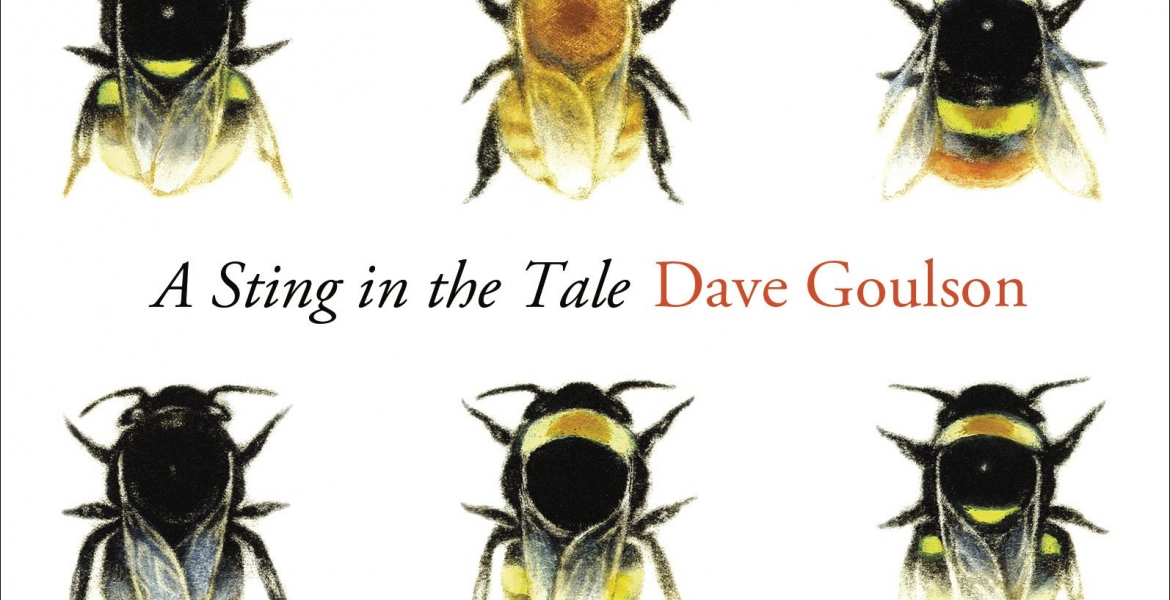This book will change your life: A Sting in the Tale by Dave Goulson
Following on from a family science project on our dependence on plastics, and thanks in large part to a school project on bees, I happened upon this book. I just happened to have a morning off in Glasgow where I had time to browse the shelves of a large and well-stocked bookshop, and discovered two books by Dave Goulson on bumblebees. I started with A Sting in the Tale, an autobiographical account of how the author got into bumblebee research, and a few projects in which he has been involved.
I don’t know about you, but before starting ‘my’ project on bees I didn’t know much beyond the facts that they live in a hive, make honey, have a stinger and are very organised – as well as being busy, of course! It turns out, like lots of things in science, that this is far from the whole picture. Indeed, most of the food crops of interest to humans are not pollinated by honeybees. The majority of bee species are solitary or live in small groups (not in hives at all), and in many cases, we don’t have a very precise idea of how/where they live.
As well as being highly informative, the book was entertaining, which is not something I get to say every day. By achieving this balance, Dave Goulson conveys to the reader a real sense of the importance of looking out for these ignored and neglected workers in our society.
You may be yawning and saying to yourself “yes, we know that the future of humanity is closely linked to the fate of bees, but as an individual I can’t make a big difference”. That is where Dave Goulson’s writing can change your life. He presents solutions in such a way as to make the reader understand that actually, yes, there is something you can do at an individual level that will have an impact (and it’s not just lobbying or tactical voting, although I daresay they also help). Do you want to know the best thing? The solutions are not even complicated or labour-intensive. It’s even fun to start trying – stop cutting the grass so often, plant flowers and see what shows up, create a rockery or stack of wood/plant debris to encourage nesting.
We have tried all of the above - admittedly we never had a manicured lawn, but there is an amazing diversity of flowers just lying in wait for you to stop chopping their heads off. And once the flowers come out of hiding, the bees and other insects show up. Maybe you don’t have a garden, but you can also plant for bees, and it doesn’t have to feel like “doing your bit” – lots of the plants bees like are also very useful to us humans, all the mint family (yes, there are many), basil, lavender, sages, tomatoes, hibiscus and so many more. You may not be particularly interested in creepy-crawlies, but you’ll be amazed at how it draws you in when you start noticing the different varieties of bees, the colours shapes and sizes.
Read it, it really will change your life – a bit of hope in these times, I can’t praise it enough!

